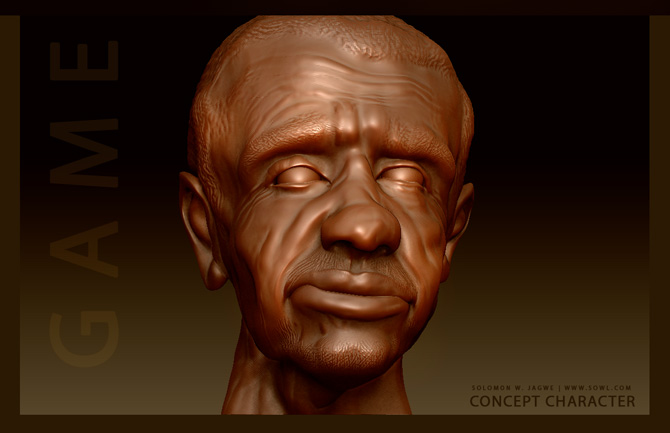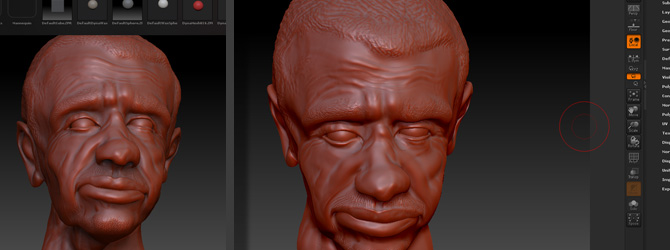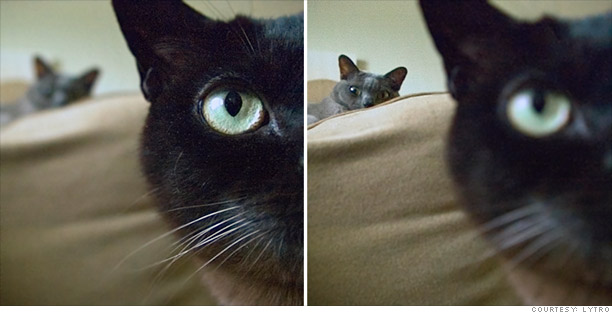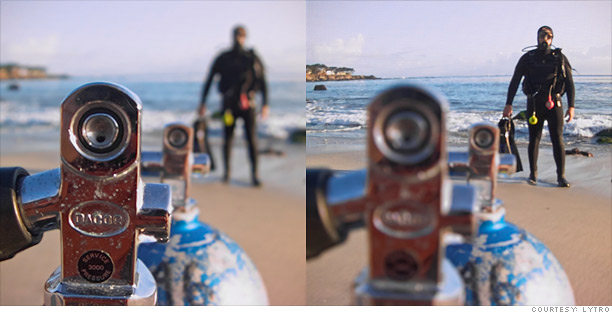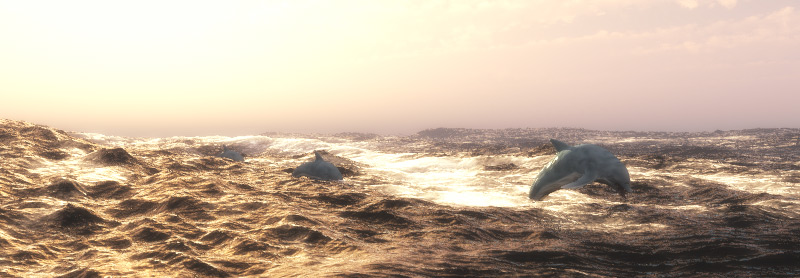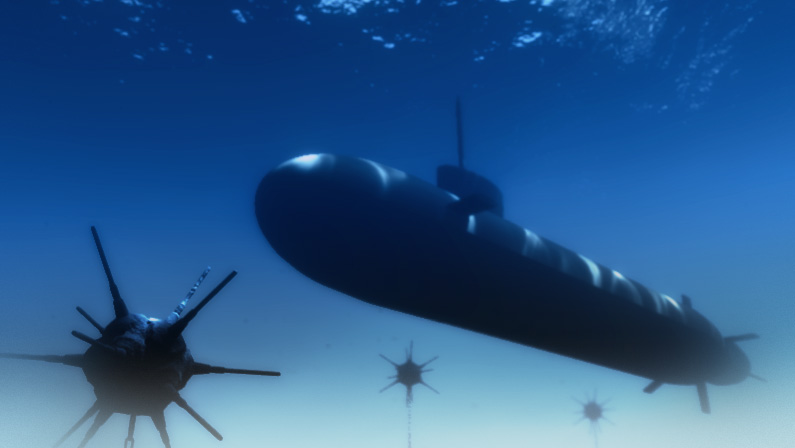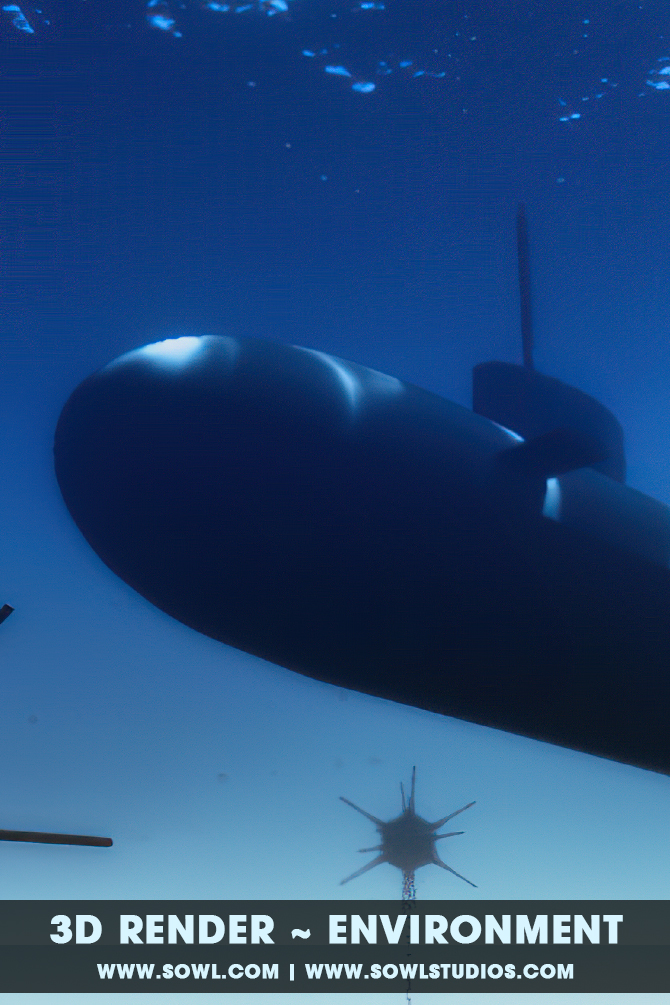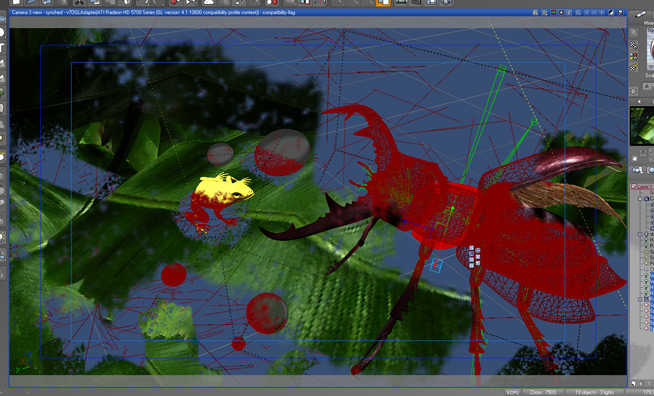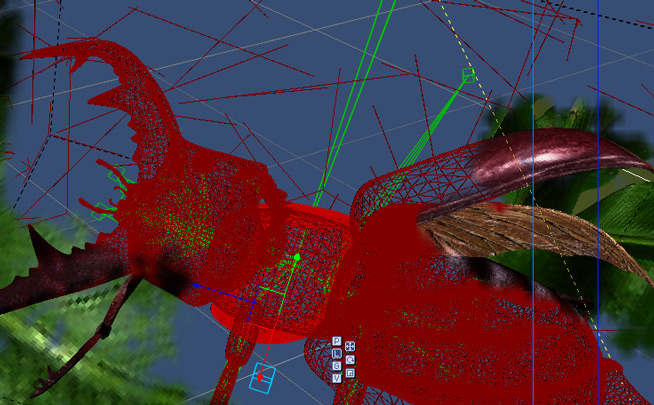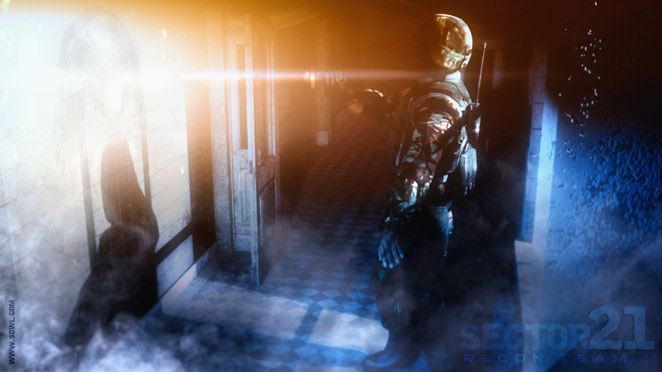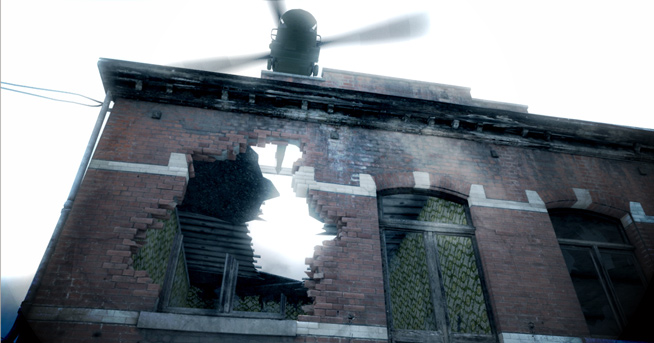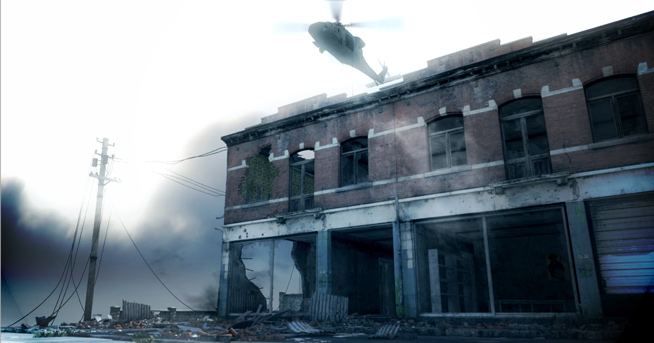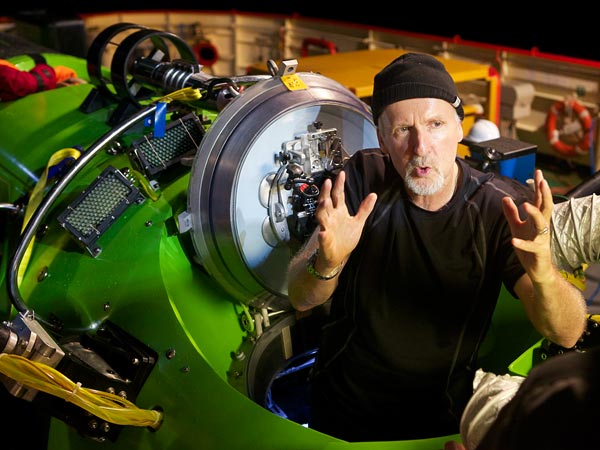
When legendary film director James Cameron returned to the ocean’s surface safely after an epic dive to the bottom of the deepest location in the world — the 35,576-foot Mariana Trench in the western Pacific Ocean — it captivated the imagination of the world. Not only is Cameron the director of blockbuster films, including “Titanic” and “Avatar,” he is also the first deep sea explorer to visit the Mariana Trench in more than 50 years. More importantly, Cameron’s successful dive to the bottom of the sea may end up defining an entirely new era of exploration, in which government no longer plays a starring role.
As cash-strapped governments around the world continue to face painful rounds of belt-tightening, be prepared for deep-pocketed investors and corporate sponsors to fund this new era of exploration. Prize competitions and market incentives will replace the command-and-control directives of the state. Tellingly, when Cameron returned to the ocean’s surface after a nine-hour ordeal, he was met by billionaire and Microsoft co-founder Paul G. Allen aboard his mega-yacht, Octopus. The sponsor of the Mariana Trench dive was not an agency of the U.S. federal government — it was Rolex.
This same scenario is playing out in other areas ripe for the next era of human exploration — whether it is putting the first human on Mars, sending the first manned space craft to land on an asteroid, or exploring the known boundaries of our solar system. Now that NASA is no longer in the game of manned space exploration, it is the Richard Bransons and Elon Musks of the world who are testing out new manned space flight vehicles and are positioning themselves to lead the way in space exploration over the next decade. When Virgin Galactic sends its first passengers into sub-orbital flight, it will mark a triumph of the private sector over the public sector.
In language strongly evocative of the legacy of the space program, Cameron described how his journey to the bottom of the sea enabled him to experience an entirely new undersea landscape that resembled the contours of an alien planet. Cameron even described how his submersible vehicle provided a similar experience to that of an astronaut. And for good reason. As we learned from the spectacular achievements of NASA’s previous era of manned space exploration, imagination is a powerful force for spurring innovation breakthroughs. As Neil DeGrasse Tyson challenged us to consider in Congressional testimony that quickly went viral around the Web, “How much would you pay for the universe?”
When done right, and when the right incentives are provided, America’s private sector can continue to out-innovate the world. America has always been a nation where entrepreneurs are celebrated for their passion and vision, whereas other nations such as China and Russia have always relied on the state. For example, contrast the success of Cameron’s dive to similar Russian efforts to explore the Mariana Trench. Despite the presence of fearless innovators who were architects of Russia’s groundbreaking Arctic and Antarctic explorations, Russia’s deep sea exploration effort is sputtering without government funds.
We are returning to a time when brave adventurers and the private sector, not government agencies, are being called on to supply the vision for future exploration and innovation. It took us more than 50 years to return to the Mariana Trench. It’s been almost the same amount of time since the last moon landing. That’s far too long to wait for government to lead the charge. Our dreams have not changed, but our ability to live them out has.






